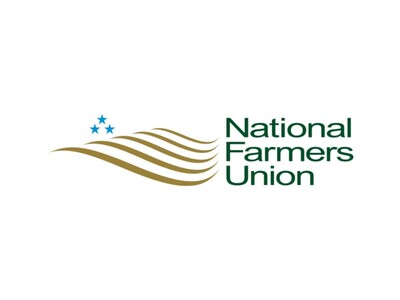Weaning Practices Can Affect Marbling
Historically, the beef industry has always put the emphasis on a steer’s finishing phase as the most critical time for marbling development. However, research is showing that weaning is also an important time to consider marbling development.
Colorado State University Associate Professor of Beef Production Systems Dr. Jason Ahola has been conducting marbling research and says
Ahola: “There is new evidence that indicates that an animal goes through a transition period around the time of weaning where they are moving from having their body focused on the number of fat cells versus the size of the fat cells. So the animal creates the number of total fat cells when it is younger in life and it fills up those fat cells later in the life. And by basically creating more fat cells to fill up around the time of weaning allows more of them to be filled up during the finishing phase and more marbling at slaughter.”
Some of the practices Dr. Ahola shares that have a positive influence on marbling development are castrating calves prior to weaning time and early weaning with a high-energy diet. Low stress methods of weaning calves can make a difference as well. He adds that practices that set up calves up for minimal amounts of stress during weaning and allows them to be physiologically ready to deposit fat later in its life are positive.
Ahola: “It appears that most likely if we can reduce the stress an animal is going through, generally they marble higher anyway. So there is money on the table if we can treat those calves that way.”














